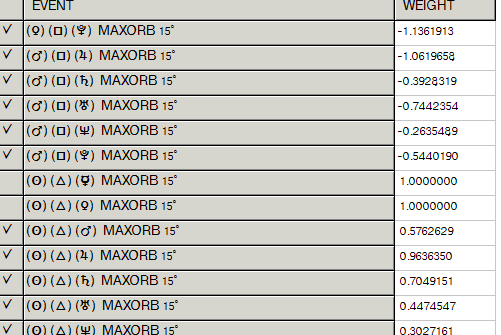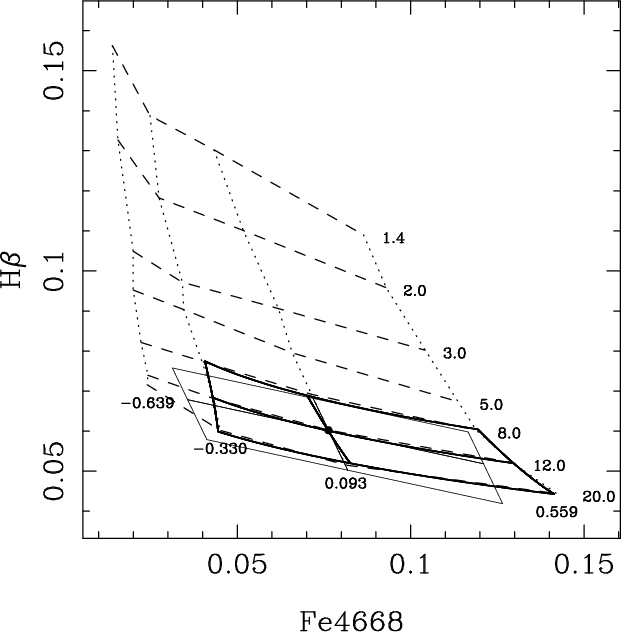Relative strength index_2
Post on: 2 Июль, 2015 No Comment

Understanding RSI (Relative strength Index)
by J Victor on February 12th, 2011
Introduction
The name Relative Strength Index is slightly misleading as the Relative Strength Index does not compare the relative strength of two securities, but rather the internal strength of a single security. Relative Strength Index (RSI) is a very popular momentum indicator.
What does it measure?
RSI measures the speed and change of price movements. RSI oscillates between zero and 100. When the RSI line moves higher, it is understood that price is enjoying increased strength and as the RSI line moves lower, it is understood that the price is suffering from a lack of strength. However, technical analysts believe that a value of 30 or below indicates an oversold condition and that a value of 70 or above indicates an over bought condition.
When Wilder introduced the Relative Strength Index in 1978, he recommended using a 14-day Relative Strength Index. Since then, the 9-day and 25-day Relative Strength Indexes have also gained popularity. The most popular is the 14 day RSI. Shown below is an example of how the RSI would be displayed below your stock prices chart

Tips for Using the RSI Indicator
- As with all technical indicators, RSI is a way of measuring odds its not a full-blown, fool-proof system to gauge price trends. It is usually best used in conduction with other indicators.
- Though considered an oscillator, the relative strength index has qualities of momentum indicators, and can be used in that capacity. For instance, some investors interpret a cross of the 50 level (the mid-point of the scale) as a signal of momentum bullish or bearish in itself.
- If the stock has been trending up, but the relative strength indicator starts to trend down, there is a divergence and you would prepare to enter a bearish trade (down direction). Its the vice versa for bullish trades.
- Once the stock becomes overbought (RSI reaches the point 70) or oversold (RSI at 30), or has price divergence you should always wait for some type of confirmation that a price reversal has indeed occurred.
- RSI should not be used in isolation. It must be used in combination with other indicators to help build a clear picture.
- The RSI oscillator should not be confused with another trading tool unfortunately called the ‘Relative strength’. The other tool compares a stocks or indexs performance to other stocks or indices in a group, and ranks that stock or index, assigning a relative strength score. The other tool is powerful too, but is unrelated to the RSI indicator discussed here.
RSI is a versatile momentum oscillator that has stood the test of time. Hope you have got information about RSI and how it can be used to take decisions.
You may like these posts:














